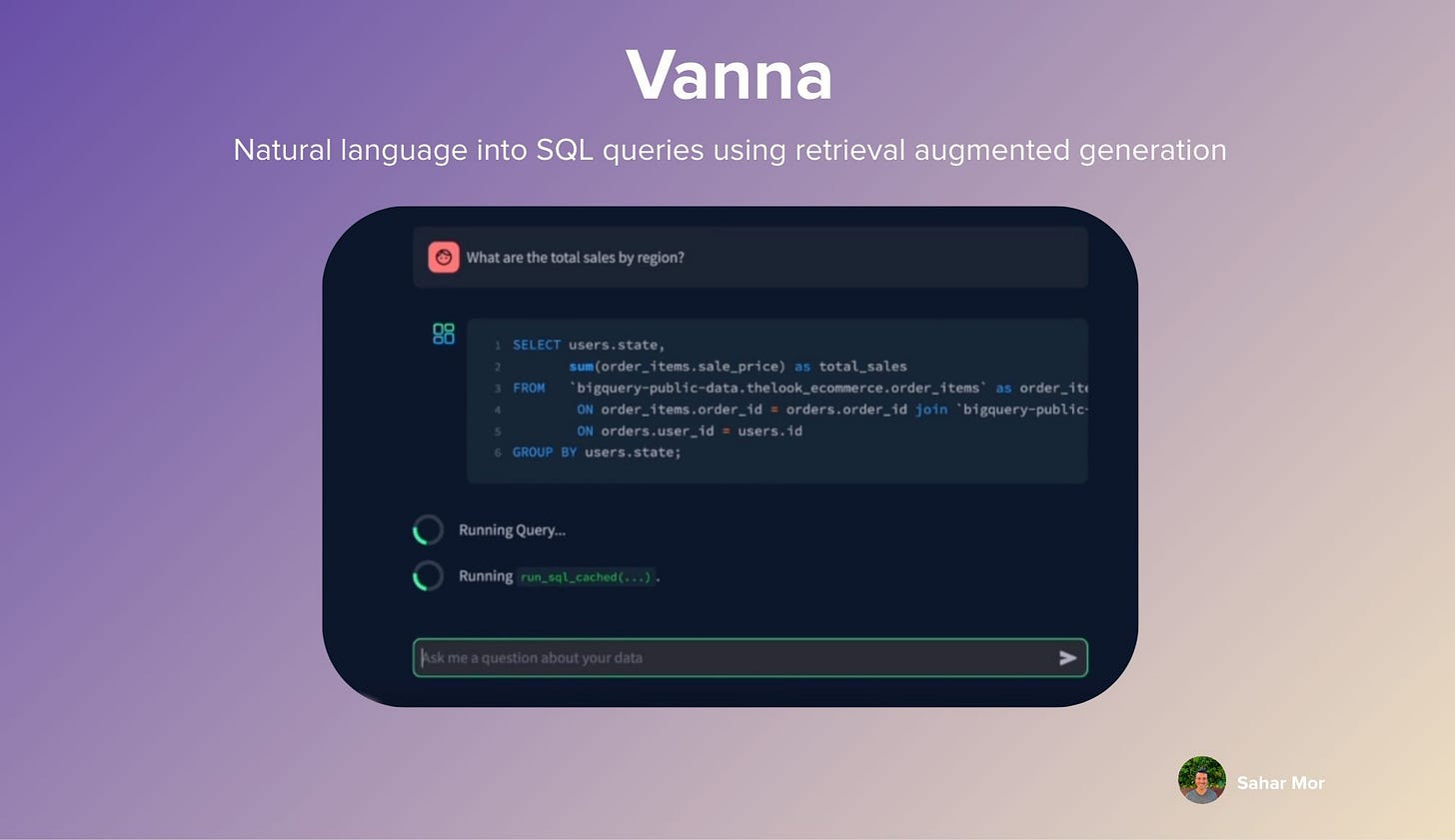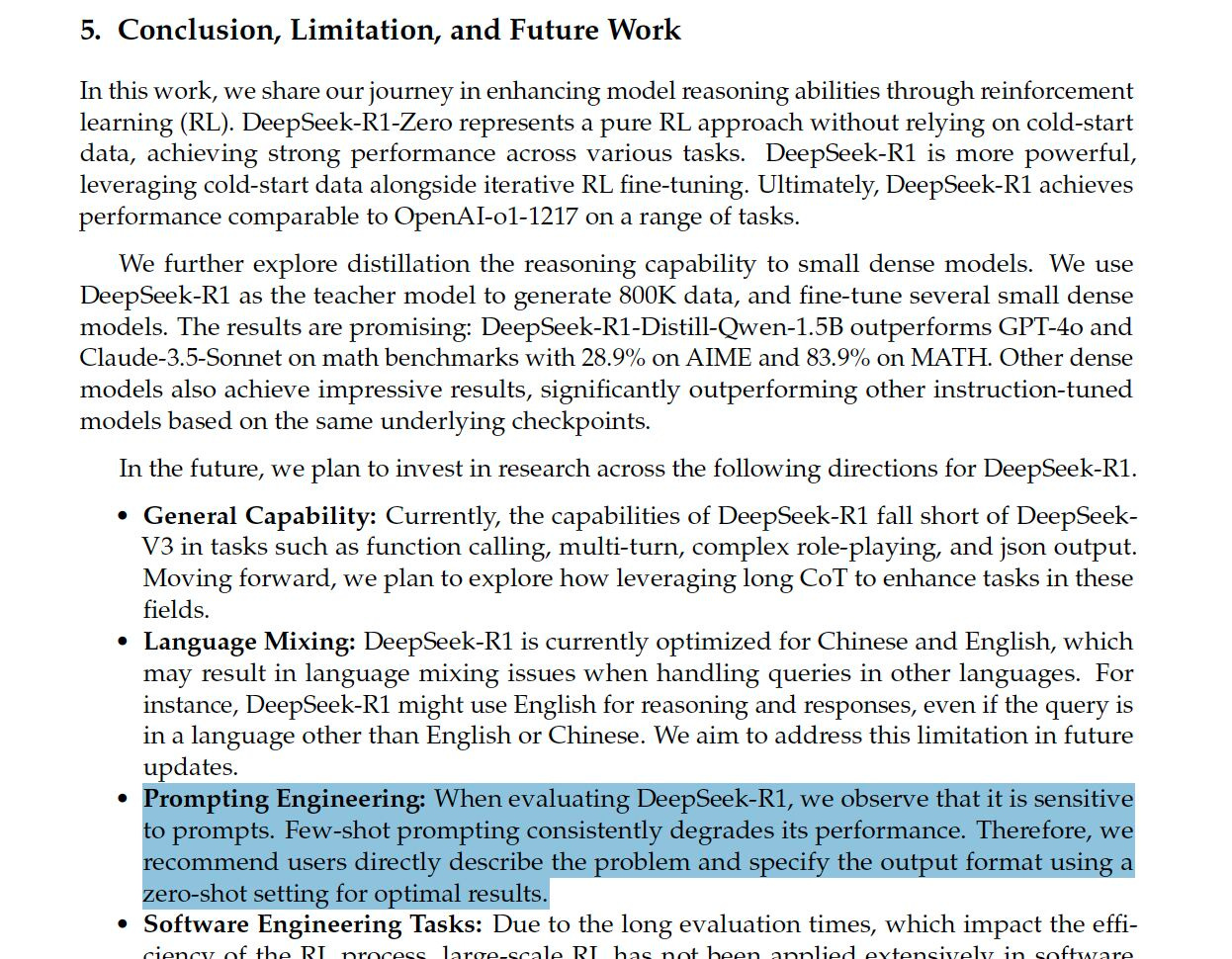LinkedIn Highlights, Jan 2025
From Anthropic's agent patterns to DeepSeek's reasoning breakthroughs, plus innovative tools for document workflows, PDF processing, table understanding, SQL generation, and web automation
Welcome to LinkedIn Highlights!
Each month, I'll share my five eight top-performing LinkedIn posts, bringing you the best of AI straight from the frontlines of academia and industry. This edition includes eight posts instead of five—there were just too many good ones to leave out!
This post covers groundbreaking developments in AI agents and document processing, from Anthropic's foundational patterns for building effective agents to LlamaIndex's new Agentic Document Workflows. You'll learn about DeepSeek's surprising findings about prompting reasoning models, cutting-edge tools for PDF processing and web automation, and explore how LLMs handle structured table data.
As a frequent LinkedIn contributor, I regularly share insights on groundbreaking papers, promising open-source packages, and significant AI product launches. These posts offer more depth and detail than our weekly snippets, providing a comprehensive look at the latest AI developments.
Whether you're not on LinkedIn or simply missed a post, this monthly roundup ensures you stay informed about the most impactful AI news and innovations.
1. Building Effective AI Agents by Anthropic
Anthropic clarifies the fuzzy definition of AI Agents by introducing a critical architectural distinction: workflows are systems with predefined code paths, while agents dynamically direct their own processes.
After building agents for a year, they identified five fundamental patterns that drive successful agentic implementations:
Prompt chaining - breaking tasks into sequential steps, useful for complex operations like content generation and translation
Routing - directing inputs to specialized handlers, perfect for customer service and model optimization
Parallelization - running subtasks simultaneously through sectioning or voting, ideal for code review and content moderation
Orchestrator-workers - using a central LLM to coordinate task delegation, essential for complex coding projects
Evaluator-optimizer - implementing feedback loops for iterative refinement, perfect for improving search results
Success isn't about building the most sophisticated system - it's about choosing the right pattern for your specific needs. Start simple, measure performance, and only add complexity when simpler solutions fall short.
Anthropic’s post (highly recommend reading it) https://www.anthropic.com/research/building-effective-agents
2. Agentic Document Workflows
LlamaIndex just unveiled a new approach involving AI agents for reliable document processing, from processing invoices to insurance claims and contract reviews.
LlamaIndex’s new architecture, Agentic Document Workflows (ADW), goes beyond basic retrieval and extraction to orchestrate end-to-end document processing and decision-making. Imagine a contract review workflow: you don't just parse terms, you identify potential risks, cross-reference regulations, and recommend compliance actions.
This level of coordination requires an agentic framework that maintains context, applies business rules, and interacts with multiple system components.
Here’s how ADW works at a high level:
Document parsing and structuring – using robust tools like LlamaParse to extract relevant fields from contracts, invoices, or medical records.
Stateful agents – coordinating each step of the process, maintaining context across multiple documents, and applying logic to generate actionable outputs.
Retrieval and reference – tapping into knowledge bases via LlamaCloud to cross-check policies, regulations, or best practices in real-time.
Actionable recommendations – delivering insights that help professionals make informed decisions rather than just handing over raw text.
ADW provides a path to building truly “intelligent” document systems that augment rather than replace human expertise. From legal contract reviews to patient case summaries, invoice processing, and insurance claims management—ADW supports human decision-making with context-rich workflows rather than one-off extractions.
Ready to use notebooks https://github.com/run-llama/llamacloud-demo/tree/main/examples/document_workflows
More open-source tools for AI agent developers in my recent blog post https://www.aitidbits.ai/p/open-source-agents
Become a premium member to access the LLM Builders series, $1k in free credits for leading AI tools and APIs, and editorial deep dives into key topics like AI Voice Agents. It's also a great way to show your support :)
Many readers expense the paid membership from their learning and development education stipend.3. Vanna
Turning questions into SQL statements has been an area of research and development for over a decade. An open-source package called Vanna uses a retrieval augmented generation approach to crack the code.
Vanna is a Python-based, MIT-licensed framework that allows non-data folks to interact and ask questions about their SQL databases.
At its core, Vanna employs a RAG model that leverages a large corpus of data, including a diverse range of SQL queries and their natural language descriptions. When a query is received, Vanna searches this corpus to find similar queries and their corresponding SQL translations. This step enables Vanna to understand the context and structure of the query better.
Using the insights gained from the retrieved examples, Vanna generates the SQL query that matches the user's natural language request. This involves structuring the select statements, where clauses, joins, and other SQL components are based on the intent and requirements identified in the initial query.
Pro tip: Vanna often hallucinates when it doesn't know the content of your table's columns. I therefore recommend providing a few examples through the train() method.
The GitHub repo already includes ready-to-use templates to deploy Vanna in Slack, Streamlit, or a Flask endpoint https://github.com/vanna-ai/vanna
4. DeepSeek & How to prompt reasoning models
DeepSeek's new model doesn't just beat GPT-4o - it proves 𝐰𝐞'𝐯𝐞 𝐛𝐞𝐞𝐧 𝐩𝐫𝐨𝐦𝐩𝐭𝐢𝐧𝐠 𝐫𝐞𝐚𝐬𝐨𝐧𝐢𝐧𝐠 𝐦𝐨𝐝𝐞𝐥𝐬 𝐰𝐫𝐨𝐧𝐠 𝐚𝐥𝐥 𝐚𝐥𝐨𝐧𝐠.
Keep reading with a 7-day free trial
Subscribe to AI Tidbits to keep reading this post and get 7 days of free access to the full post archives.





